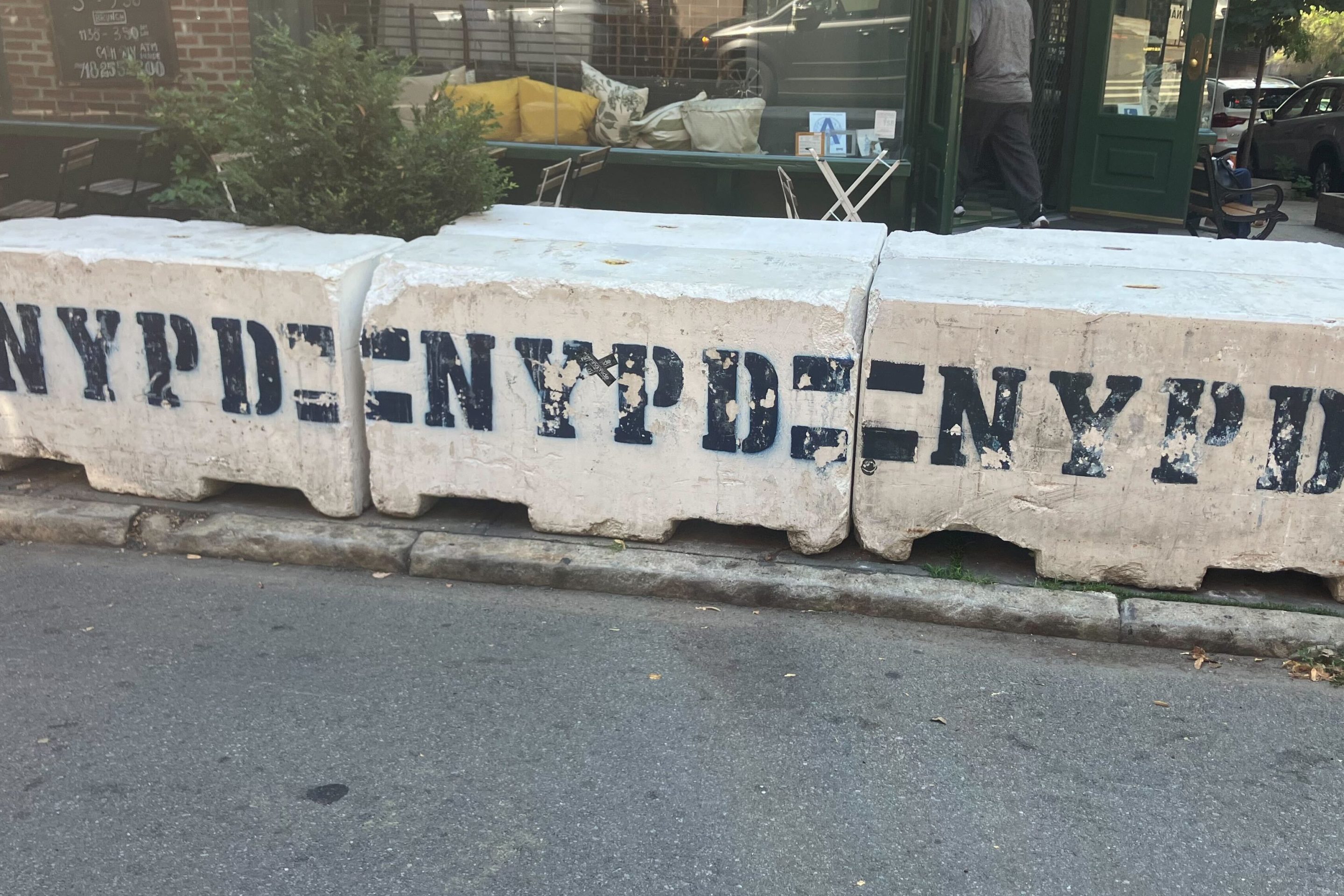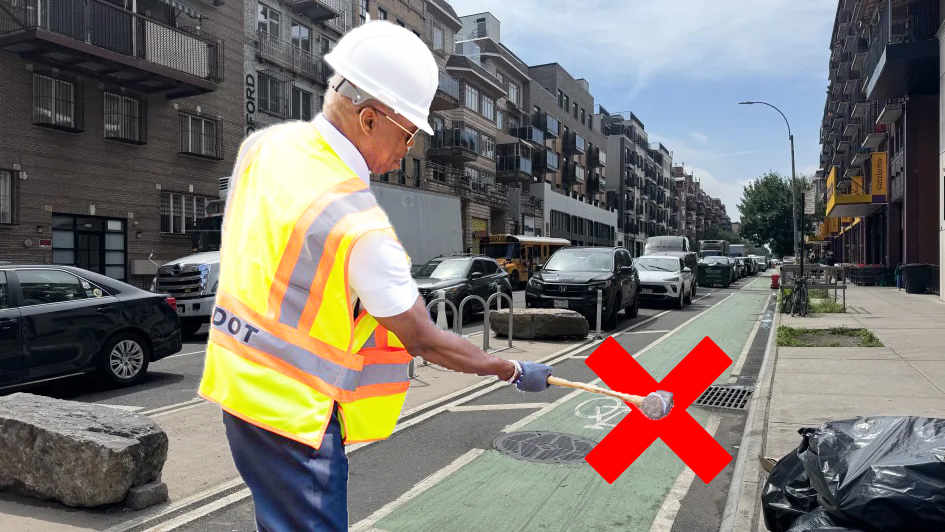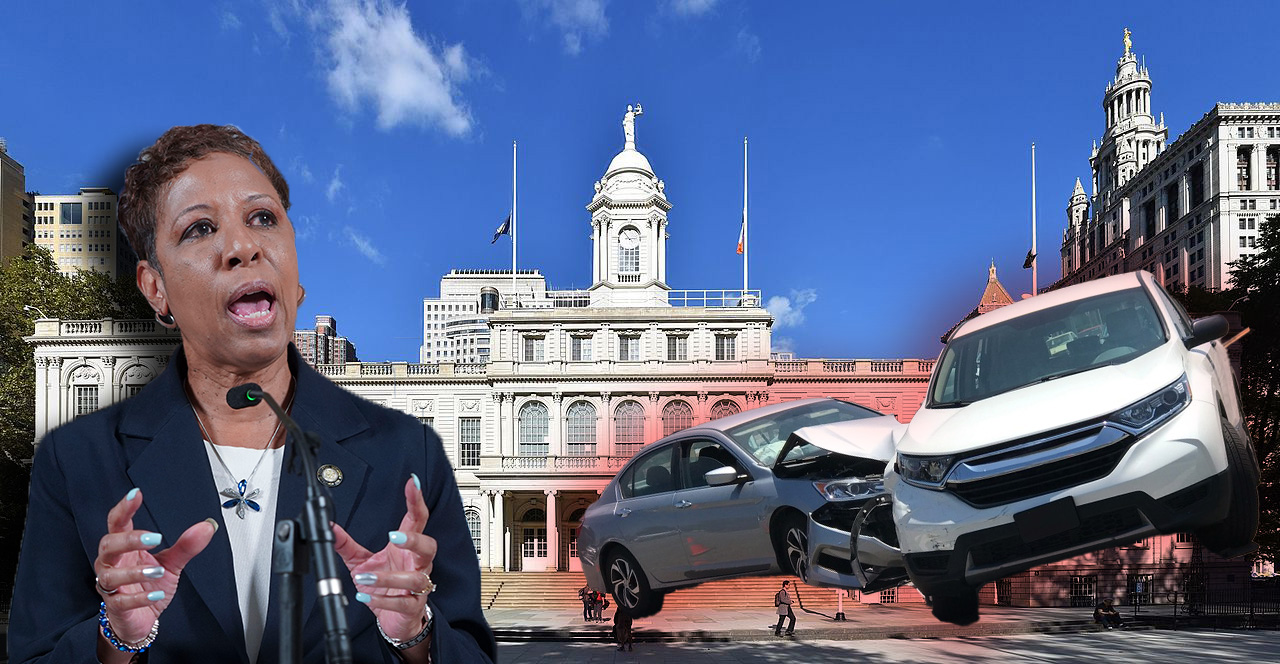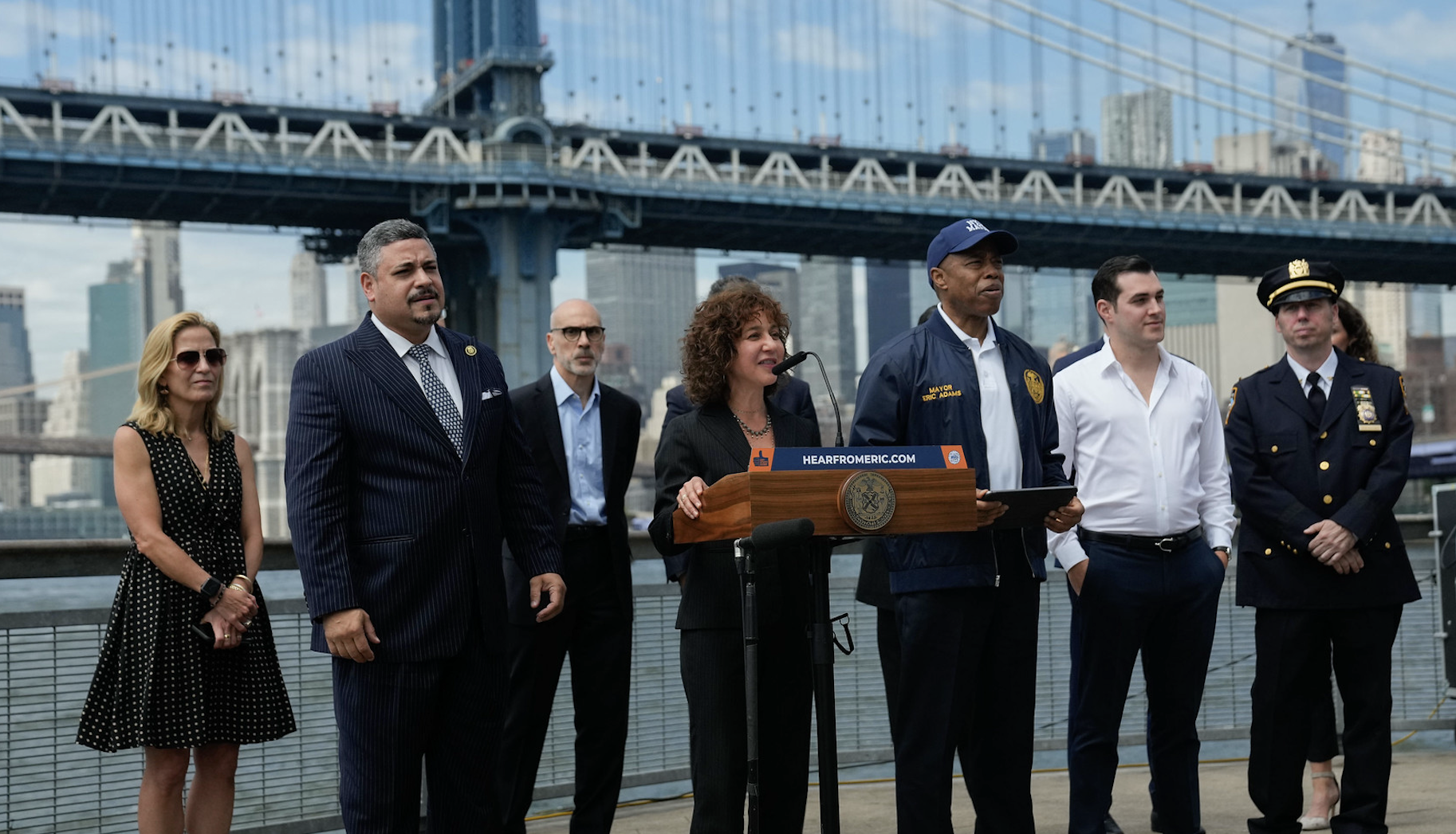Parts of Nicole Gelinas’s begrudging take on congestion pricing practically beg for pushback. Like when she says this:
A last-minute exemption for public employees driving their private cars to core Manhattan will kill the congestion benefits of this program. Really? Exempting a whopping and unconscionable 25 percent of private cars driven into the zone (rather than the nominal 4 percent assumed in my modeling base case) would only cut the prospective gain in Manhattan travel speeds by one-sixth — hardly the haymaker conjured by Gelinas. Congestion pricing is more resilient with respect to easing gridlock than she allows.
New York is missing an opportunity to dynamically manage its streets. Please, fab features like higher tolls during bad-air episodes can be tweaked in later. Right now, when Mork and Mindy Motorist aren’t up to speed on a policy that we geeks have been eying for decades, simple is assuredly better than complex.
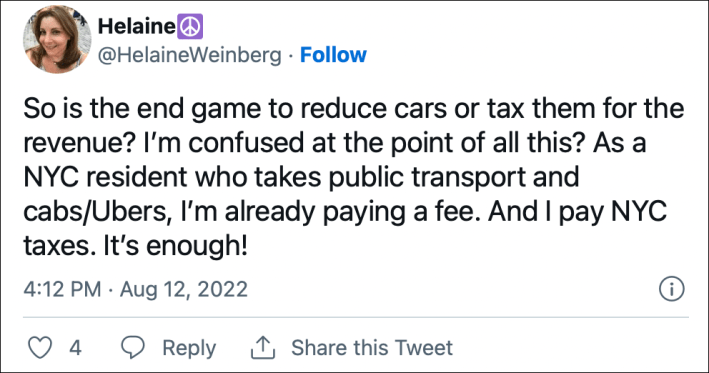
Congestion-pricing revenue won’t result in life-changing transit improvements. True, the MTA’s gaping fiscal hole could end up swallowing the congestion revenues now earmarked for signals and other service enhancements. But the congestion charge conceivably could catalyze measures like curbside pricing and area-wide traffic pricing that would raise additional billions.
Getting congestion pricing in place doesn’t guarantee those follow-on steps, but abandoning it pretty much ensures they’ll never happen.
Trickier, and far weightier, are Gelinas’s assertions that congestion pricing, as envisioned, doesn’t reduce city or regional traffic — it only diverts it — and that it burdens the Bronx, including, in one scenario, pushing mid-day traffic volumes on the Cross-Bronx Expressway up by 5 percent.
These claims would ratify the perception that congestion pricing will afflict historically burdened outer-borough communities for the exclusive benefit of well-heeled commuters and well-off Manhattanites. And Gelinas isn’t fabricating them — they're in the MTA’s environmental assessment.
Except that the MTA’s congestion-pricing traffic-reduction modeling is suspect, in one key respect.
According to the EA, only a minor fraction — just 18 to 28 percent — of the predicted net reduction in core Manhattan traffic volumes is from vehicle trips eliminated due to the new toll expense. The vast majority, 72 to 82 percent, is “from through-trips finding other paths that do not include the Manhattan Central Business District.” (Source: EA, Chapter 4A, Regional Transportation Effects and Modeling, p. 37.)
In other words, for every 100 trips the congestion toll will divert around the charging zone, it will eliminate only 30 (the range is 21 to 39). That flies in the face of common sense. The toll will raise the current cost (for gas, parking and “upstream” tolls) of a typical trip to the CBD, by a third — a big enough hike in cost to price a substantial number of trips off the road altogether, even allowing for the rebound effect of faster driving speeds attracting new trips.
My modeling finds that, not counting diversions, congestion tolls high enough to meet the legislated target of $1 billion a year in new net revenue will cause around 25,000 current daily vehicle trips to the CBD to disappear. As best I can determine, the MTA’s environmental assessment finds only around 4,400 eliminated trips, a figure nearly six times less than my estimate.

Why the huge difference? Possibly because of how the MTA’s model treats price-elasticity — the extent to which making it more expensive to drive into the charging zone will depress the number of trips that "survive" to pay the toll.
Consider first that the MTA’s TBTA subsidiary — which oversaw the congestion pricing environmental assessment — has habitually employed a very low price-elasticity to forecast changes in bridge and tunnel volumes from its biennial toll increases (see for example the 2021 report for the TBTA by Stantec Consulting, Appendix E, Table 22, available here).
The TBTA consultant's price-elasticity, typically around 0.1, is perfectly apt for that purpose, since it "operates on" the prior toll level. For congestion pricing, however, where the elasticity must operate on the all-in trip cost, the 0.1 value would under-predict trip disappearance by a lot: around three or four-fold.
And there's this as well: The MTA/TBTA modelers may have diluted even their (putatively) low price-elasticity by applying it to a pre-toll cost (gas + parking + "upstream" tolls) that they have bloated by including trip travel time expressed as a cost — a convention that would mathematically diminish the salience of the toll.
I raise this as a possibility because Table 4A.3-1 in Appendix 4A.3, Transportation: Representative Commuting Costs by Auto and Transit (p. 6), displays “drive times” in minutes in its commuting costs. If travel times indeed are part of the all-in cost denominator, that would roughly cut the MTA's shrunken price impact further: as much as two-fold.
Right now these are just hunches. The MTA’s massive data dump last week is thin on technical details at this level. But if both hunches are right, the MTA's environmental assessment would be understating trip disappearance by six-fold. That would explain the different trip-disappearance figures in the table. It would also be giving congestion pricing skeptics spurious ammunition to lob against the policy.
In any event, something has to account for the astoundingly low estimates of trips priced off by congestion charging in the EA. Think about it: out of half-a-million or more current daily vehicle trips into the zone, not even one percent, five thousand, are expected to be “priced off” by a $10 or larger congestion fee?
“The MTA’s environmental assessment is incontrovertible,” Gelinas wrote. Let’s hope what she meant is that it’s unambiguous rather than indisputable. Because on this key point, the EA is on shaky ground.
Whereas diverted trips add to borough VMT (vehicle miles traveled), eliminated trips shrink it, and not by a little. Most auto trips that enter the charging zone rack up considerable mileage in northern Manhattan or the city’s other boroughs before they cross into the CBD. I estimate an average of around eight miles each way, vs. just a mile or mile-and-a-half per trip within the zone.
Unfortunately, the MTA has done the congestion pricing cause, hence its own future, an enormous disservice if, as I suspect, the agency has lowballed the number of CBD trips that will vanish due to the toll.
Calling MTA: Please come clean; tell us how you did your modeling.
My last word goes to Nicole’s intro, where she wrote: Large chunks of New York’s transit and transportation community have devoted their entire careers to congestion pricing, and so it’s understandable that their attitude … is to accentuate the positive and entirely ignore the negative.
If Gelinas had me in mind, I want to assure her that my career has been long and varied. Nevertheless, it’s true that hundreds of us have poured hearts and souls into what we hoped would be a reasonably straightforward effort to have New York drivers finally pay a toll to offset and reduce some of the congestion costs they create.
The detractors who never tire of reminding us that New York City congestion pricing is a bigger endeavor than congestion pricing in London and Stockholm never seem to note that the effort invested to put it into practice here has been orders magnitude greater than it was there. We don’t need precious one-upmanship on congestion pricing. We need it to get going, warts and all.
The benefits will be ample enough to spread far and wide.



